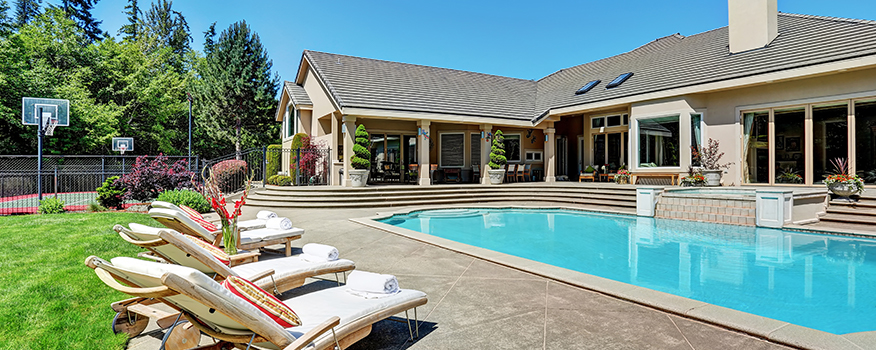The amount of voltage present near a pool can be hazardous. Equipotential bonding is the most effective way to limit voltage differences between sources. It also keeps people safe, reduces risk for the pool builder and mitigates legal issues.
The Difference Between Grounding and Bonding
Stray voltage exists in the ground when it escapes a cable, transformer or another power source. As the electricity tries to dissipate, it will travel the shortest path of least resistance. Although some materials are better resistors than others, all objects are susceptible to electrical conduction. If a swimming pool or spa is in the path of least resistance, people close by are in danger.
Grounding and bonding are used as methods of controlling the flow of electricity to the ground so that the potential for harm can be eliminated. Although both provide a low impedance path to the earth, they differ in composition and how they relate to the entire system.
Grounding connects part of a circuit to ground. This causes any voltage buildup in the connected parts of the circuit to dissipate into the ground. How well the voltage dissipates depends on the length and material of the grounding rod. It is also important to remember that only the components of the circuit are grounded, not the entire system.
Bonding connects materials to ensure electricity can flow freely between all components in the system. One example is connecting wires to metal enclosures. Any stray voltage that flows into the system will dissipate through the entire enclosure to find its shortest path to the earth.
Equipotential Bonding for Pools
In pools and spas, bonding just the metal parts around the pool to one another may not provide a complete equipotential plane. Since all materials can be used as a path for electricity, more than just the metal parts need to be bonded together. Ensuring a good connection is key to proper bonding, but corrosion or incorrect equipment can lead to poor paths to ground.
Establishing a permanent, electrically safe environment around swimming pools requires the creation of an equipotential grid. An equipotential grid establishes an area with no significant difference in voltage between objects that are touched simultaneously.
Examples of objects at a pool that can be touched at the same time include ladders, handrails, light fixtures, drains, and the pool water itself. An equipotential grid is created by intentionally connecting all these objects together electrically, bonding them together so that no differences are created.
Equipotential bonding grids installed below the pool and deck are ideal outlets for any free electricity. Rather than piecing together different elements, equipotential grids are designed and built with the foresight of reducing electrical flow as a system.
By planning an equipotential grid before construction, the builder can be assured the pool area will meet code. Equipotential bonding grids are the best way to keep families safe from stray voltage and ensure that they can enjoy swimming and time together for years to come.



